Both Aurora models use a quad-turbocharged 6.6-liter V12 from Mahle Powertrain. On its own, this engine makes 1,250 horsepower and revs at 9,800 rpm. The rear-wheel-drive Agil model has a single electric motor that brings the total output to 1,450 horsepower and 1,033 pound-feet (1,400 Newton-meters) of torque. The car hits 100 km/h (62 mph) in 2.5 seconds and 200 km/h (125 mph) in 4.6 seconds. Top speed is 365 km/h (227 mph).
The all-wheel-drive Tur gets two more electric motors to turn the front wheels, bringing the total output to 1,850 hp and 1,254 lb-ft (1,700 Nm). This model reaches 100 km/h in 2.3 seconds and has a top speed of 450 km/h (280 mph). The additional engines are an option for the Agil.
The engine is mated to a seven-speed transmission. The transmission has an electric motor that comes into play when reversing and also acts as the engine's starter. The Agil and Tur variants have different gearing and transmission mapping. Zenvo hasn't released battery details for either model.
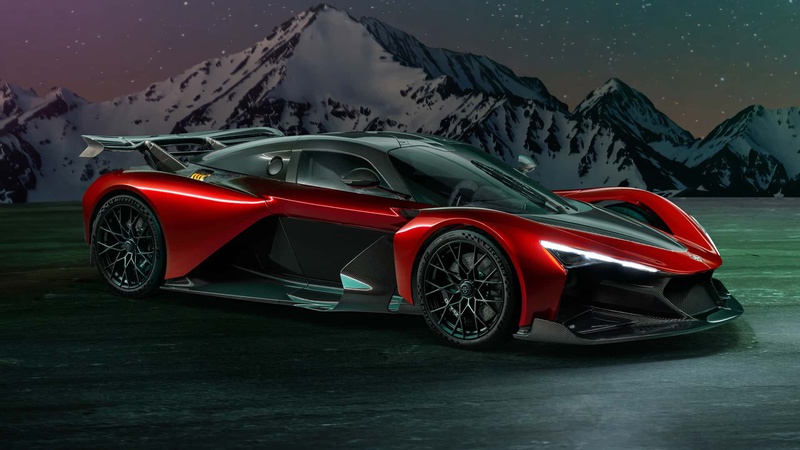
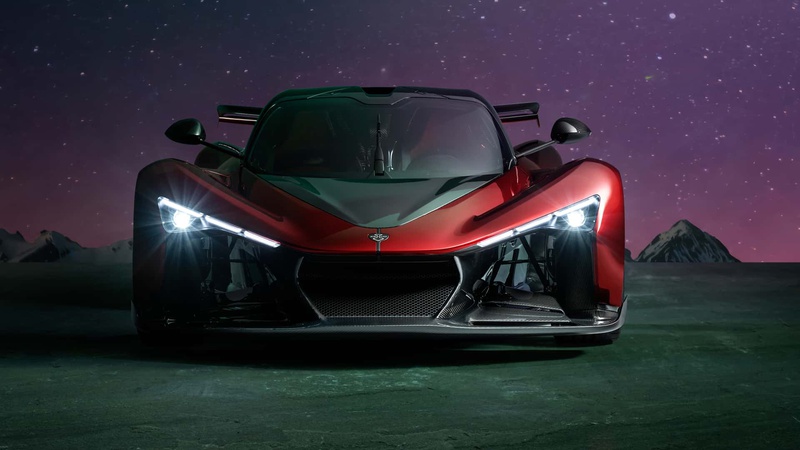
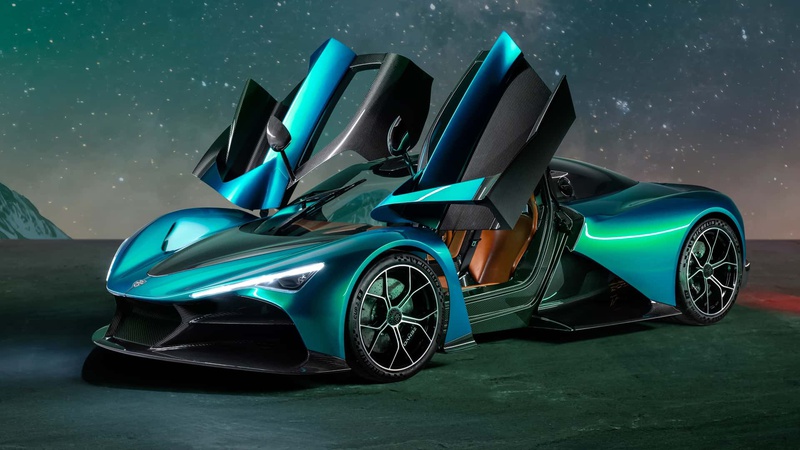
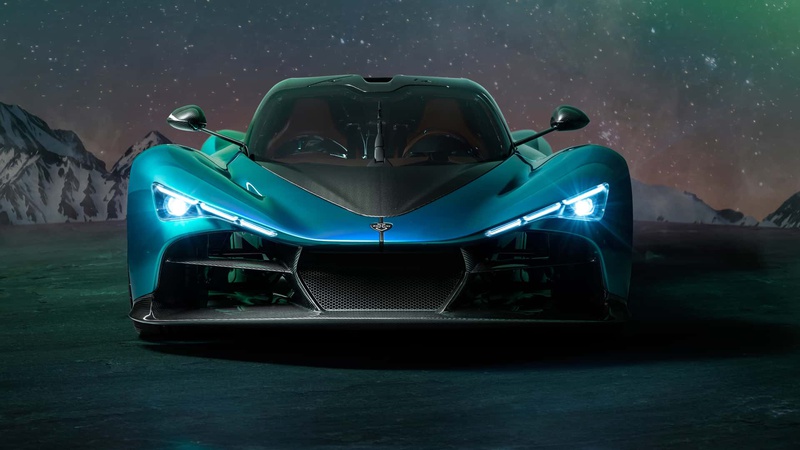
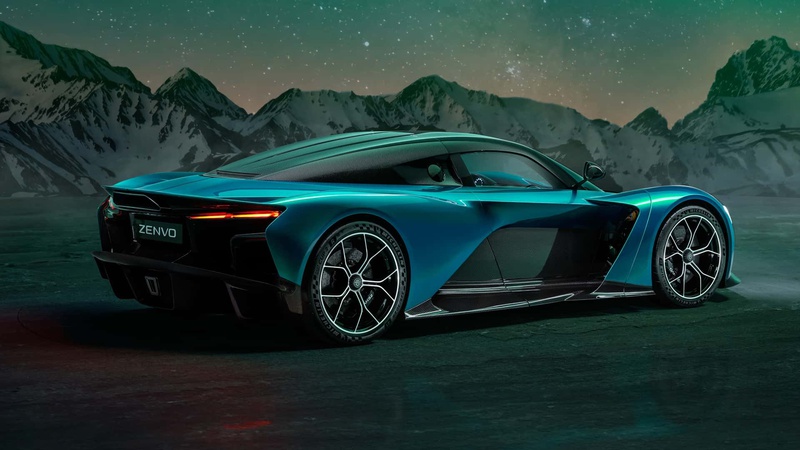

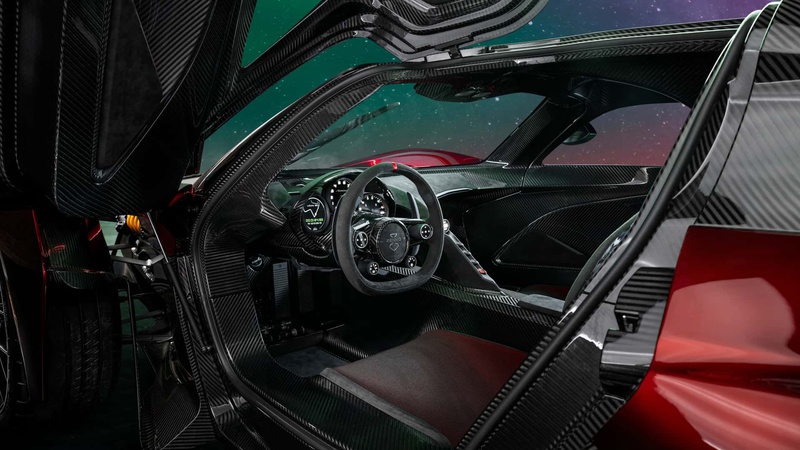



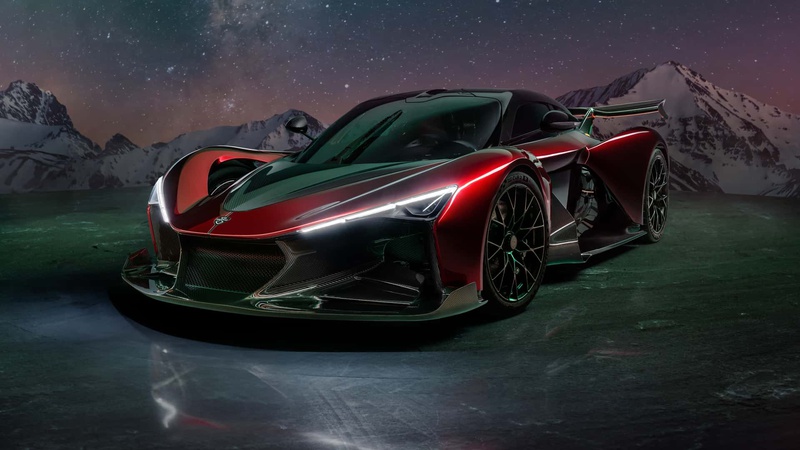
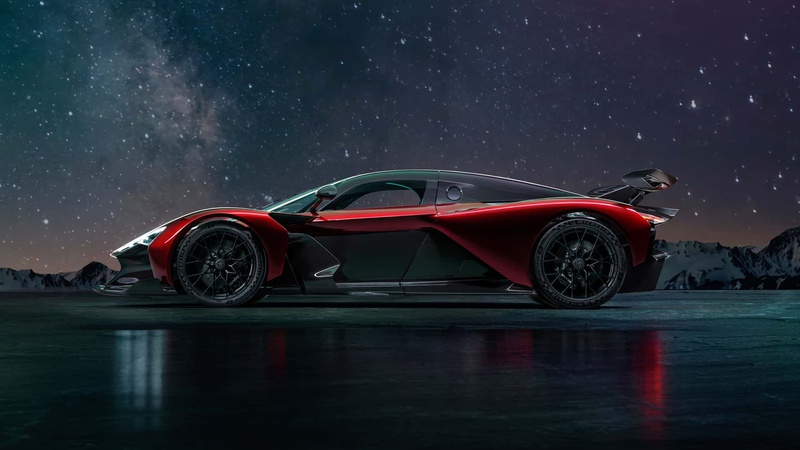
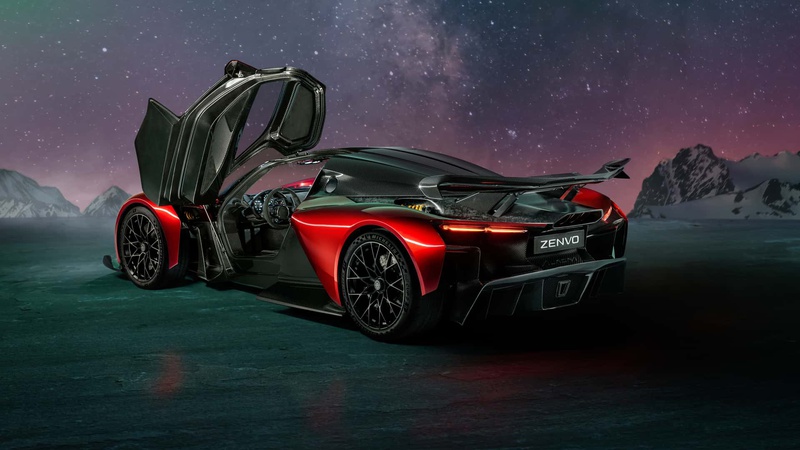
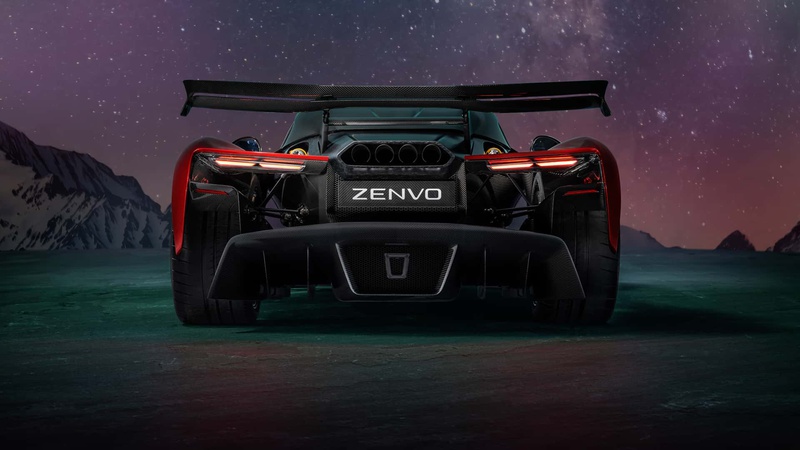
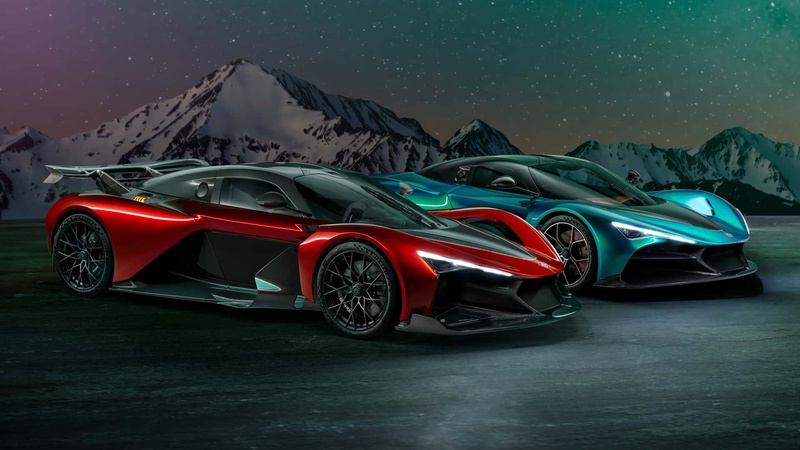

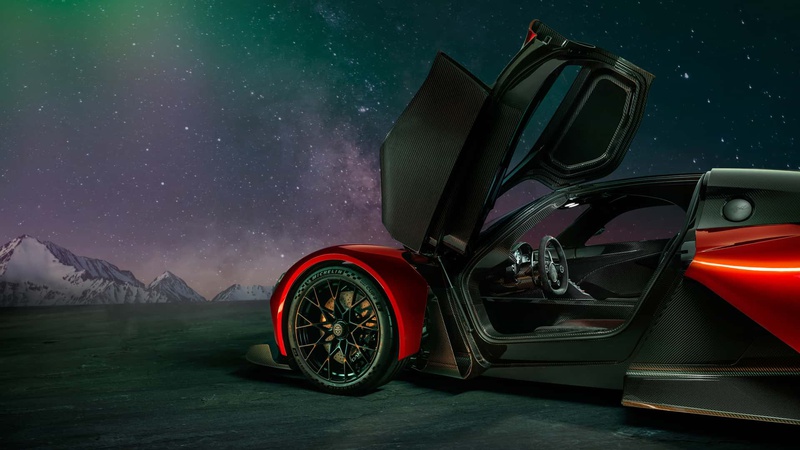
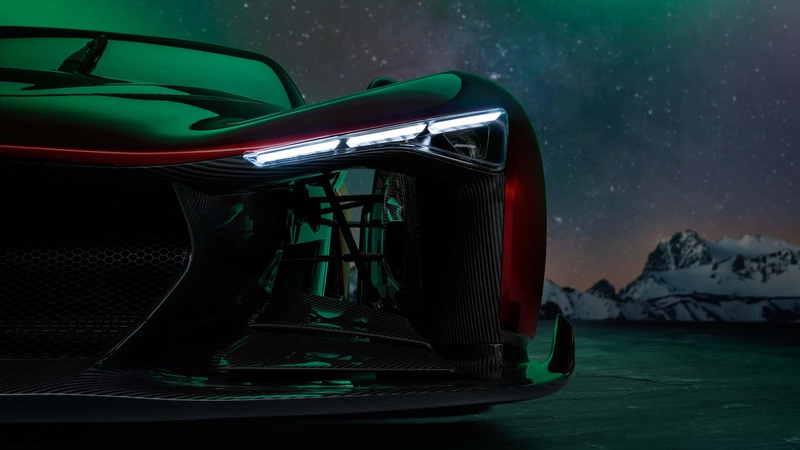
Zenvo Aurora
The Agil weighs less than 1,300 kilograms (2,866 pounds). Its body produces 880 kg (1,940 pounds) of downforce at 250 km/h (155 mph). The Tur is 1,450 kg (3,197 pounds) due to the additional weight of the two extra engines.
Both Aurora variants feature a sharp-edged design. The Agil has a large wing and the Touring has a cleaner shape. "The chassis and components of the Aurora are all works of art, and we made a very clear decision not to hide these details under a monolithic design," said Zenvo Chief Designer Christian Brandt.
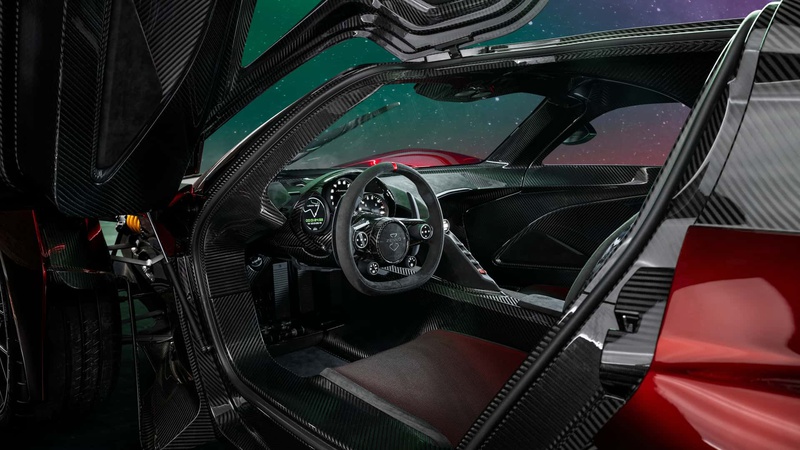

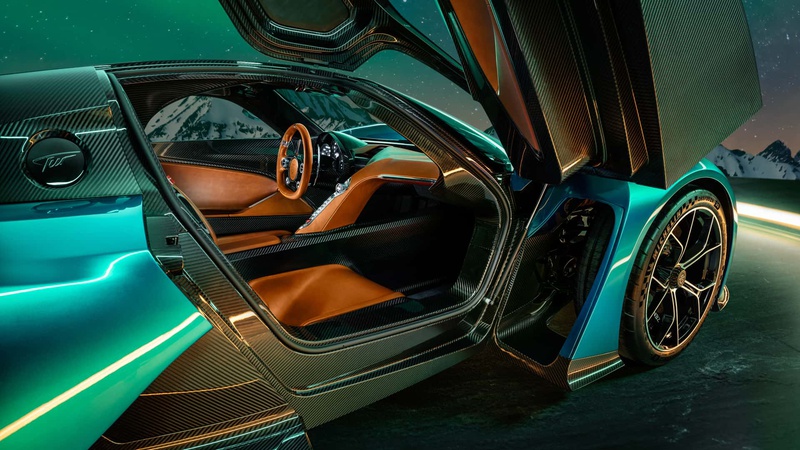
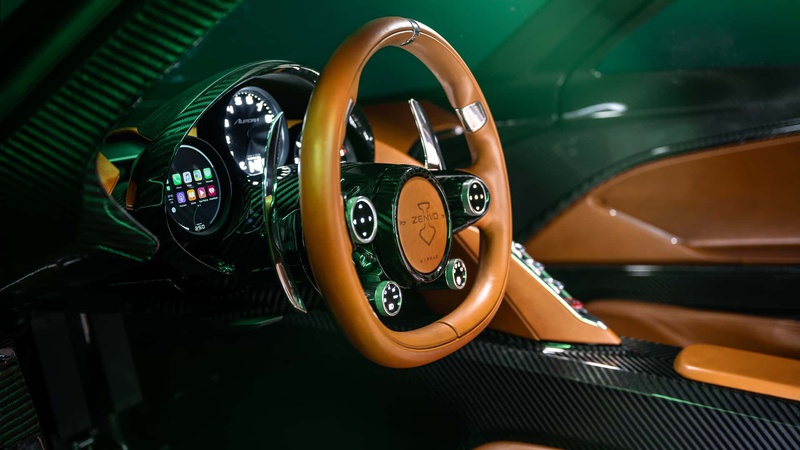
Zenvo Aurora
Zenvo doesn't provide many details about the Aurora's interior. The photos show a variety of instruments in front of the driver. There's a small infotainment screen on the left, a large tachometer in the middle, and a combination fuel and battery gauge on the right.
Production of the Zenvo Aurora models will begin in 2026, with prices starting at the equivalent of $2.83 million (2.59 million euros).
Source: Motor1
.jpg)
